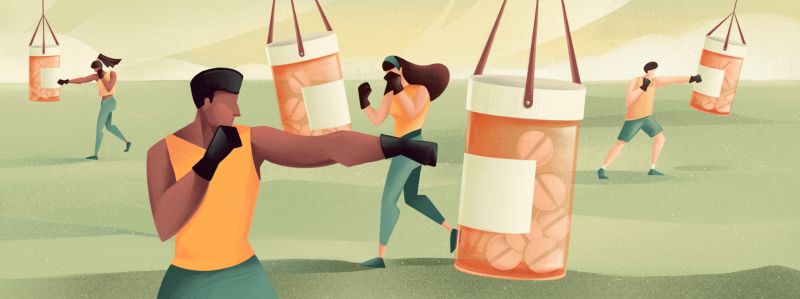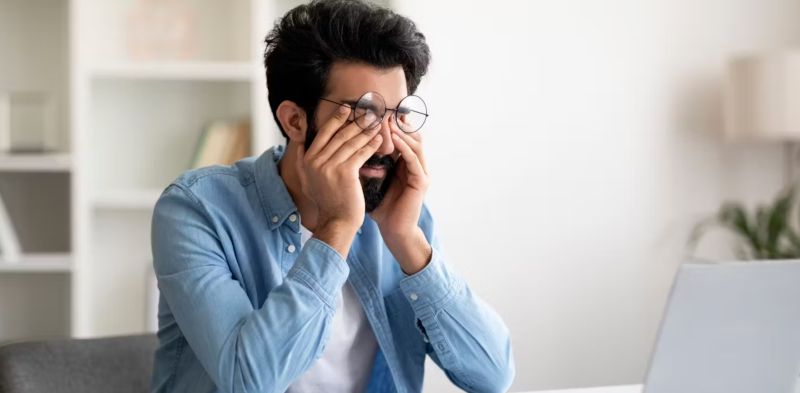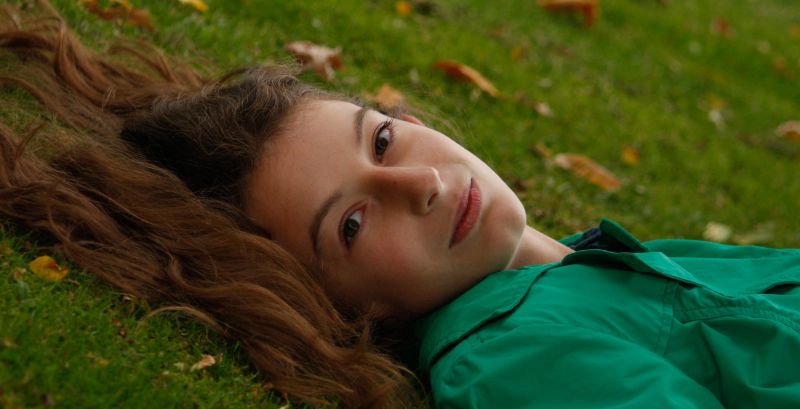
Before you try any tips to reduce anxiety, you have to understand your own anxiety routines, a new book argues.

By Kira M. Newman
Managing editor at UC Berkeley’s Greater Good Science Center
Introduction
I don’t know about you, but I’m a little tired of reading the same tips over and over about how to calm down and destress. I’m tired of trying to slow down my breathing when my chest feels heavy, and question the worst-case scenarios running around my head.
That’s why psychiatrist Judson Brewer’s new book Unwinding Anxiety is so refreshing. Yes, it has some tips—but they don’t come until much later in the book. In fact, his whole point is that tips alone won’t help those of us who struggle with anxiety.
Brewer shows how anxiety exists inside the habits that make up our everyday lives, and habits are sticky. They won’t go away just because we tell ourselves to breathe— because, as crazy as it sounds when talking about anxiety, our brain is attracted to these habits because they create some sense of reward.
Implementing tips and tools skips an important step, Brewer argues. Before we can try to change anything, we have to spend some time observing our anxiety-related habits. Only then—by showing our brain viscerally how unrewarding these habits are—can we move to actually creating new ones.
Unwinding Anxiety offers a three-step process to help you do exactly that, backed up by Brewer’s extensive habit research. While many well-being books can feel overwhelming, his approach is reassuring in its simplicity but different enough to feel like it just might work.
Step one: Map out Anxiety Habits
If you struggle with anxiety, it’s likely that anxiety has become a habit for you, writes Brewer. Many of our habits have developed to help us reduce stress or satisfy emotional needs, he explains, even if they don’t always benefit us long-term. Our habits exist in loops that consist of a trigger, a behavior, and a result. For example:
Trigger: Feel anxious
Behavior: Eat something sweet
Result: Be distracted from anxiety
Sometimes anxiety can trigger a habit loop, but it can also be the result in a habit loop:
Trigger: Feel unmotivated at work
Behavior: Read news
Result: Feel anxious about the state of the world
But the most pernicious anxiety-related habit is this basic pattern, which many of us fall into, where anxiety reinforces itself:
Trigger: Feel anxious
Behavior: Worry (ruminate on what’s wrong, what could go wrong, etc.)
Result: Feel more anxious
What reward could we possibly get out of a self-perpetuating anxiety cycle? Well, Brewer explains, the act of worrying can sometimes feel good—or at least better than just sitting with our anxiety. Worrying sometimes (rarely) allows us to come up with solutions, which makes it seem productive; we think we’re solving problems. Some of us are afraid we’ll be unprepared for the future if we don’t worry, and worry can give us a sense of control over the situation, even when all we do is go over and over the same fears.
In one of Brewer’s studies (currently under peer review), becoming aware of worry habit loops made people less anxious—and, for doctors, reduced their burnout and cynicism. But mapping out your habits is just the first step.
Step two: Work with your Brain’s Reward System
As Brewer explains, our brain stores a “reward value” for different people, places, and things we encounter. The more rewarding our brain thinks a behavior is, the stronger the habit around it will be.

But reward values can become skewed or outdated. For example, we might have developed a passion for cake as an anxious teen—but in adulthood, we now find ourselves in a queasy sugar coma after three slices.
“The only sustainable way to change a habit is to update its reward value,” writes Brewer. That means taking a fresh look at how a habit is affecting us now. And we need to do this over and over, each time we repeat the habit in our daily life, until our brain updates its reward value and stops being drawn to the habit.
What does this mean in practice?
Once you’ve identified your habits that support anxiety, you need to be mindful when they occur. If you’re anxious and you start worrying about the future, make a mental note; observe the tightness in your chest, the lump in your throat, how little you get done at work that afternoon.
The good thing about this approach is that moments of anxiety become an opportunity to learn about yourself, not something to be afraid of, and not a failure in your quest for Zen. (Self-judgment, apparently, seems to go hand in hand with anxiety.)
If you have trouble being aware of habits in real time, you can also look back on your day or your week to see the effects of a particular behavior. If your anxiety made you snap at your partner, how did that feel? Rather than analyzing it, just try to re-experience it in your body.
Over time, Brewer suggests, our brain will naturally become disenchanted with our anxiety habits without us having to use so much willpower, allowing more space for new habits to form.
Step Three: Create new Habits
This step is where most other advice begins: the healthy habits and behaviors that we want to engage in. But it makes sense that there isn’t much room for these new behaviors until our brains detach from the old ones.
Brewer suggests a variety of mindfulness-related behaviors that you could insert into your habit loops when a trigger arises, many of which may be familiar to you already:
- Curiosity and mindfulness: Rather than judging yourself for being anxious, or getting obsessed about where your anxiety is coming from, just get curious. What does it feel like, and where? How does it change? Brewer even recommends saying “Hmmm!” out loud to yourself, to encourage that sense of curiosity.
- Breathing: Tune in to the breathing sensations in your body. Breathe into places where anxiety shows up, and breathe out anxiety. See how things change.
- RAIN: This is a mindfulness practice where you Recognize and relax into the present moment; Accept and allow it to be there; Investigate your bodily sensations, emotions, and thoughts; and Note what is happening.
- Noting: This is a practice of labeling what experiences are predominant in your mind moment to moment, including any of your senses (hearing, touch, sight), thinking, or feeling.
- Loving-kindness: The practice of sending kind, caring thoughts to people, including yourself, and feeling that sense of warmth in your body.
To reinforce these habits, Brewer explains, you can apply techniques from step two—but this time, instead of observing the detrimental effects, you observe how good it feels in your body to be curious or generate loving feelings.
Brewer is a habit expert—much of his research has focused on smoking and eating disorders—and although his book is about anxiety, the overall framework could apply to many habits in our lives. His insights reveal why so many of our good intentions to exercise, meditate, and otherwise self-improve don’t translate into action. Unwinding Anxiety gives us the tools to work with our brains, rather than constantly feeling like we’re fighting against ourselves.
Originally published by Greater Good Magazine, 03.11.2021, under a Creative Commons license.







